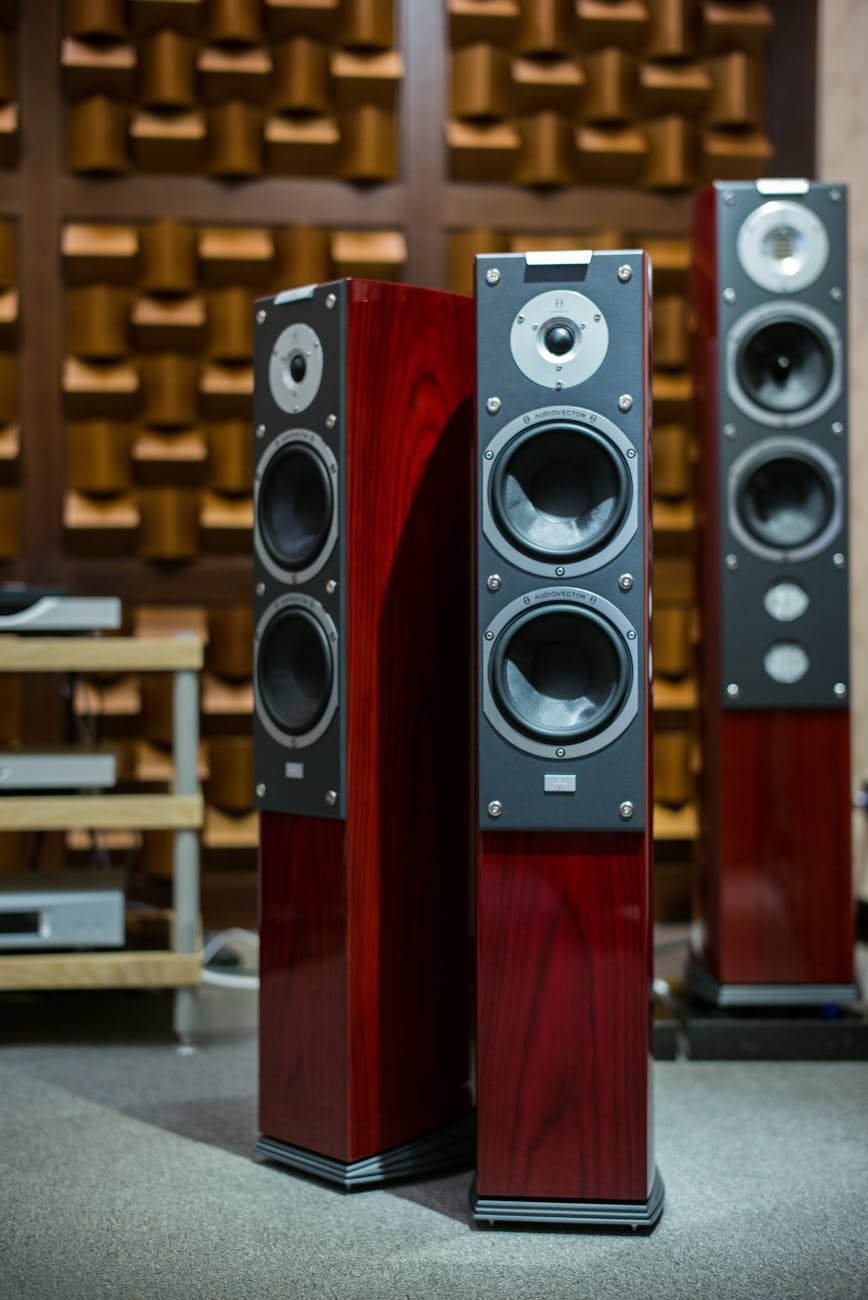WCAG 2.2 Guideline “1.4.2 Audio Control” Level A
Introduction
WCAG 2.2’s “1.4.2 Audio Control” requires that if audio on a webpage plays automatically for more than 3 seconds, users must be provided with one of the following options:
- A mechanism to pause or stop the audio.
- A volume control mechanism independent of the overall system volume.
This article provides a beginner-friendly guide to implementing this guideline using HTML, CSS, and JavaScript.
1. Why Audio Control is Necessary
Automatically playing audio can pose the following challenges:
- For visually impaired users: Overlapping audio can interfere with screen readers, making information difficult to comprehend.
- For users with cognitive disabilities: Unexpected audio playback can be disorienting.
- For constrained environments: Audio playback can be disruptive in places like libraries.
Providing audio controls ensures a better experience for all users.
2. Implementation Methods
a. Limiting Automatic Playback to 3 Seconds
If audio plays automatically, ensure it stops within 3 seconds.
HTML Example
<audio autoplay>
<source src="short-audio.mp3" type="audio/mpeg">
Your browser does not support the audio element.
</audio>
- For short sound effects, this method avoids the need for additional controls.
b. Providing Play/Pause Controls
Allow users to control audio playback with a play/pause button.
HTML and JavaScript Example
<audio id="backgroundAudio" autoplay loop>
<source src="background-audio.mp3" type="audio/mpeg">
Your browser does not support the audio element.
</audio>
<button id="audioControl">Pause</button>
<script>
const audio = document.getElementById("backgroundAudio");
const controlButton = document.getElementById("audioControl");
controlButton.addEventListener("click", () => {
if (audio.paused) {
audio.play();
controlButton.textContent = "Pause";
} else {
audio.pause();
controlButton.textContent = "Play";
}
});
</script>
Key Points
- Use the
audio.pausedproperty to determine the current playback state. - Update the button label dynamically to reflect the current action (e.g., “Pause” or “Play”).
c. Adding a Volume Control
Implement a volume control independent of the system volume.
HTML and JavaScript Example
<audio id="backgroundAudio" autoplay loop>
<source src="background-audio.mp3" type="audio/mpeg">
Your browser does not support the audio element.
</audio>
<label for="volumeControl">Volume:</label>
<input type="range" id="volumeControl" min="0" max="1" step="0.1" value="1">
<script>
const audio = document.getElementById("backgroundAudio");
const volumeControl = document.getElementById("volumeControl");
volumeControl.addEventListener("input", () => {
audio.volume = volumeControl.value;
});
</script>
Key Points
- Use
<input type="range">for a smooth volume adjustment. - The
audio.volumeproperty accepts values between 0 (mute) and 1 (maximum volume).
3. Common Mistakes and Solutions
a. No Way to Stop Audio
Mistake
<audio autoplay>
<source src="long-audio.mp3" type="audio/mpeg">
</audio>
- Audio plays automatically without a mechanism to stop it.
Solution Add play/pause controls (refer to the example above).
b. Relying on System Volume
Mistake
<p>If the audio is too loud, adjust your system volume.</p>
- Suggesting users adjust the system volume does not meet the guideline.
Solution Provide independent volume control (refer to the example above).
4. Accessibility Benefits
a. Increases User Options
- Users can manually stop or adjust audio playback to suit their environment and preferences.
b. Reduces Stress from Unexpected Audio
- Prevents unintentional audio playback, improving the browsing experience.
Conclusion
WCAG 2.2’s “1.4.2 Audio Control” ensures that users have control over audio that plays for more than 3 seconds.
Key Implementation Points
- Limit automatic playback to 3 seconds: For short audio, no additional controls are needed.
- Add play/pause controls: Allow users to manually control playback.
- Provide a volume control: Enable independent volume adjustments.
By implementing these practices, you can make audio content accessible and user-friendly for everyone.
We have released UUU Web Accessibility, a tool to simplify web accessibility adoption. If you’re interested in improving accessibility, please check it out!
